Statistics for Data Science and Business Analysis
Loại khoá học: Development
Statistics you need in the office: Descriptive & Inferential statistics, Hypothesis testing, Regression analysis
Mô tả
Do you want to work as a Marketing Analyst, a Business Intelligence Analyst, a Data Analyst, or a Data Scientist?
And you want to acquire the quantitative skills needed for the job?
Well then, you’ve come to the right place!
Statistics for Data Science and Business Analysis is here for you! (with TEMPLATES in Excel included)
This is where you start. And it is the perfect beginning!
In no time, you will acquire the fundamental skills that will enable you to understand complicated statistical analysis directly applicable to real-life situations. We have created a course that is:
Easy to understand
Comprehensive
Practical
To the point
Packed with plenty of exercises and resources
Data-driven
Introduces you to the statistical scientific lingo
Teaches you about data visualization
Shows you the main pillars of quant research
It is no secret that a lot of these topics have been explained online. Thousands of times. However, it is next to impossible to find a structured program that gives you an understanding of why certain statistical tests are being used so often. Modern software packages and programming languages are automating most of these activities, but this course gives you something more valuable – critical thinking abilities. Computers and programming languages are like ships at sea. They are fine vessels that will carry you to the desired destination, but it is up to you, the aspiring data scientist or BI analyst, to navigate and point them in the right direction.
Teaching is our passion
We worked full-time for several months to create the best possible Statistics course, which would deliver the most value to you. We want you to succeed, which is why the course aims to be as engaging as possible. High-quality animations, superb course materials, quiz questions, handouts and course notes, as well as a glossary with all new terms you will learn, are just some of the perks you will get by subscribing.
What makes this course different from the rest of the Statistics courses out there?
High-quality production – HD video and animations (This isn’t a collection of boring lectures!)
Knowledgeable instructor (An adept mathematician and statistician who has competed at an international level)
Complete training – we will cover all major statistical topics and skills you need to become a marketing analyst, a business intelligence analyst, a data analyst, or a data scientist
Extensive Case Studies that will help you reinforce everything you’ve learned
Excellent support - if you don’t understand a concept or you simply want to drop us a line, you’ll receive an answer within 1 business day
Dynamic - we don’t want to waste your time! The instructor sets a very good pace throughout the whole course
Why do you need these skills?
Salary/Income – careers in the field of data science are some of the most popular in the corporate world today. And, given that most businesses are starting to realize the advantages of working with the data at their disposal, this trend will only continue to grow
Promotions – If you understand Statistics well, you will be able to back up your business ideas with quantitative evidence, which is an easy path to career growth
Secure Future – as we said, the demand for people who understand numbers and data, and can interpret it, is growing exponentially; you’ve probably heard of the number of jobs that will be automated soon, right? Well, data science careers are the ones doing the automating, not getting automated
Growth - this isn’t a boring job. Every day, you will face different challenges that will test your existing skills and require you to learn something new
Please bear in mind that the course comes with Udemy’s 30-day unconditional money-back guarantee. And why not give such a guarantee? We are certain this course will provide a ton of value for you.
Click 'Buy now' and let's start learning together today!
Bạn sẽ học được gì
Understand the fundamentals of statistics
Learn how to work with different types of data
How to plot different types of data
Calculate the measures of central tendency, asymmetry, and variability
Calculate correlation and covariance
Distinguish and work with different types of distributions
Estimate confidence intervals
Perform hypothesis testing
Make data driven decisions
Understand the mechanics of regression analysis
Carry out regression analysis
Use and understand dummy variables
Understand the concepts needed for data science even with Python and R!
Yêu cầu
- Absolutely no experience is required. We will start from the basics and gradually build up your knowledge. Everything is in the course.
- A willingness to learn and practice
Nội dung khoá học
Viết Bình Luận
Khoá học liên quan

Đăng ký get khoá học Udemy - Unica - Gitiho giá chỉ 50k!
Get khoá học giá rẻ ngay trước khi bị fix.

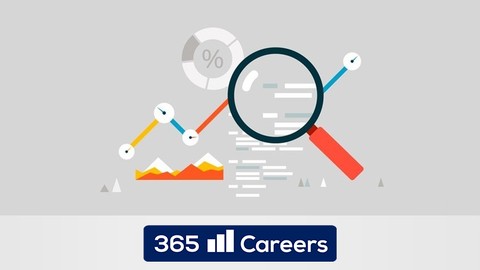
![Machine Learning A-Z: AI, Python & R + ChatGPT Prize [2024]](/uploads/courses/udemy/950390_270f_3.jpg)


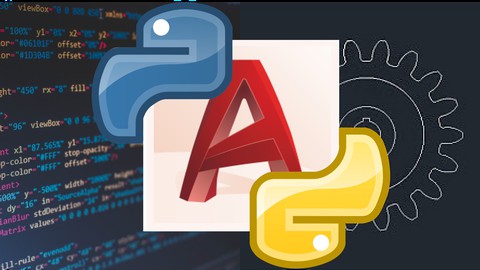


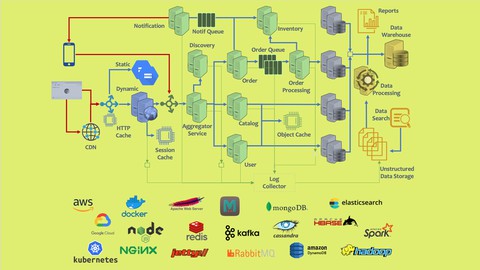
![Full Track to be Oracle APEX Developer [ English subtitles]](/uploads/courses/udemy/2423902_12ee_3.jpg)
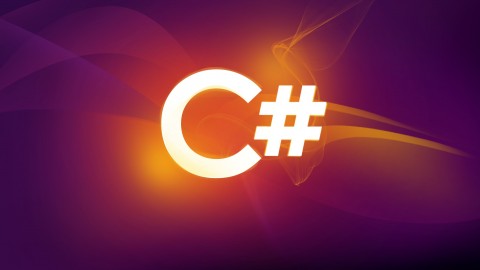





![.NET Core MVC - The Complete Guide 2024 [E-commerce] [.NET8]](/uploads/courses/udemy/1844356_cba1_8.jpg)
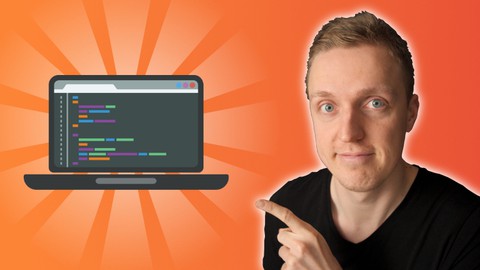
Đánh giá của học viên
Bình luận khách hàng